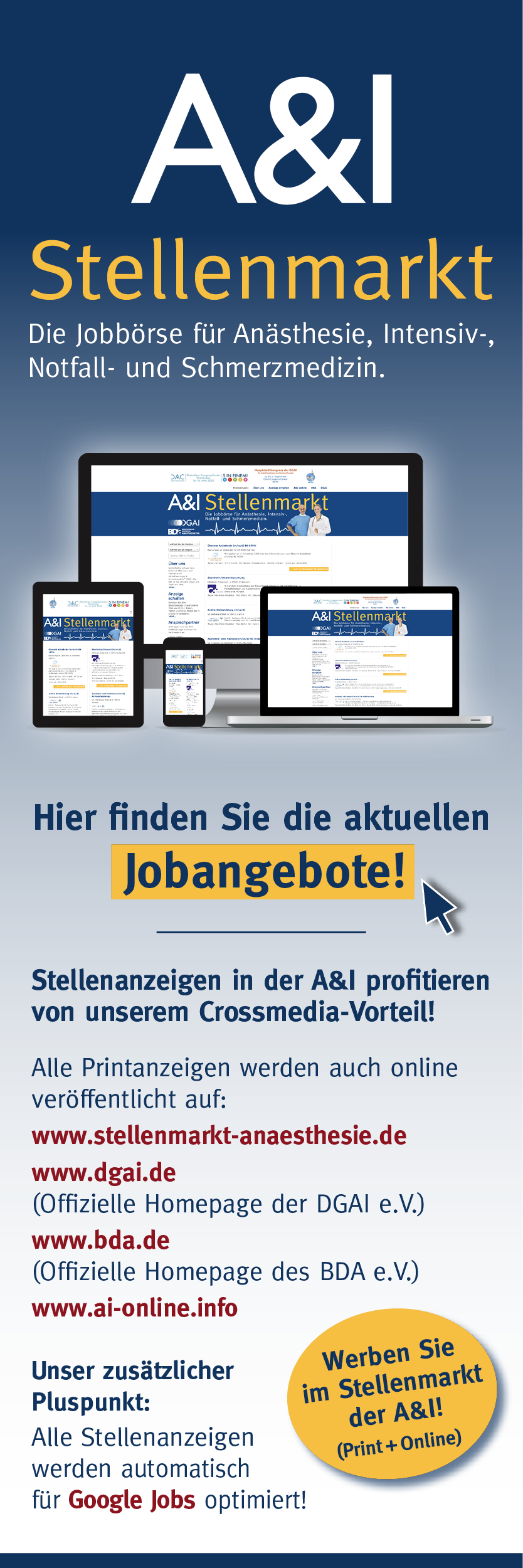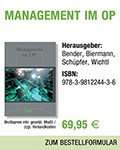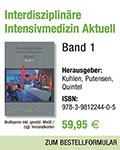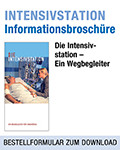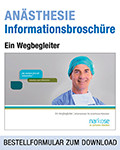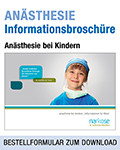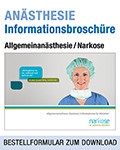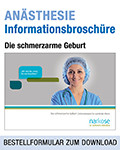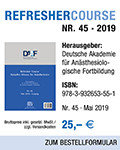
66. Jahrgang - Juni 2025
Der Postpunktionskopfschmerz – Klinik, Diagnostik und aktuelle Therapieoptionen
Die vorliegende Arbeit fokussiert auf den Postpunktionskopfschmerz (PDPH) als Komplikation nach Peridural- oder Spinalanästhesie, insbesondere im geburtshilflichen Kontext.
Die Pathophysiologie des PDPH ist komplex und bislang nicht vollständig verstanden; Liquorverlust und meningeale Reizung scheinen hier jedoch eine zentrale Rolle zu spielen. Die Inzidenz variiert stark und hängt von patienten- und verfahrensbezogenen Risikofaktoren ab. Die Symptome des PDPH sind typischerweise lageabhängig, mit frontookzipitalen Kopfschmerzen, die durch Nackensteifigkeit, Tinnitus und Photophobie ergänzt werden können. Die Therapie des PDPH umfasst konservative Maßnahmen wie Hydratation und Pharmakotherapie mit Analgetika und Koffein. Der epidurale Blutpatch (EBP) gilt als therapeutischer Goldstandard, wobei der optimale Zeitpunkt der Anlage kontrovers diskutiert wird. Alternative Therapien wie Okzipitalnervenblockaden, Blockaden des Ganglion sphenopalatinum sowie epidurale Fibrinpatches bieten zusätzliche Optionen, insbesondere bei Kontraindikationen für den EBP.
The present review focuses on postdural puncture headache (PDPH) as a complication after epidural or spinal anaesthesia, especially in an obstetric context.
The pathophysiology of PDPH is complex and not yet fully understood. However, CSF loss and meningeal irritation seem to play a central role. The incidence varies widely and depends on patient- and procedure-related risk factors. Symptoms of PDPH are typically positional, with fronto-occipital headache that can be supplemented by neck stiffness, tinnitus, and photophobia. The therapy of PDPH includes conservative measures such as hydration and pharmacotherapy with analgesics and caffeine. The epidural blood patch (EBP) is considered the therapeutic gold standard, although the optimal time of application is controversial. Alternative therapies such as occipital nerve blocks, blocks of the sphenopalatine ganglion and epidural fibrin patches offer additional options, especially in the case of contraindications to EBP.




